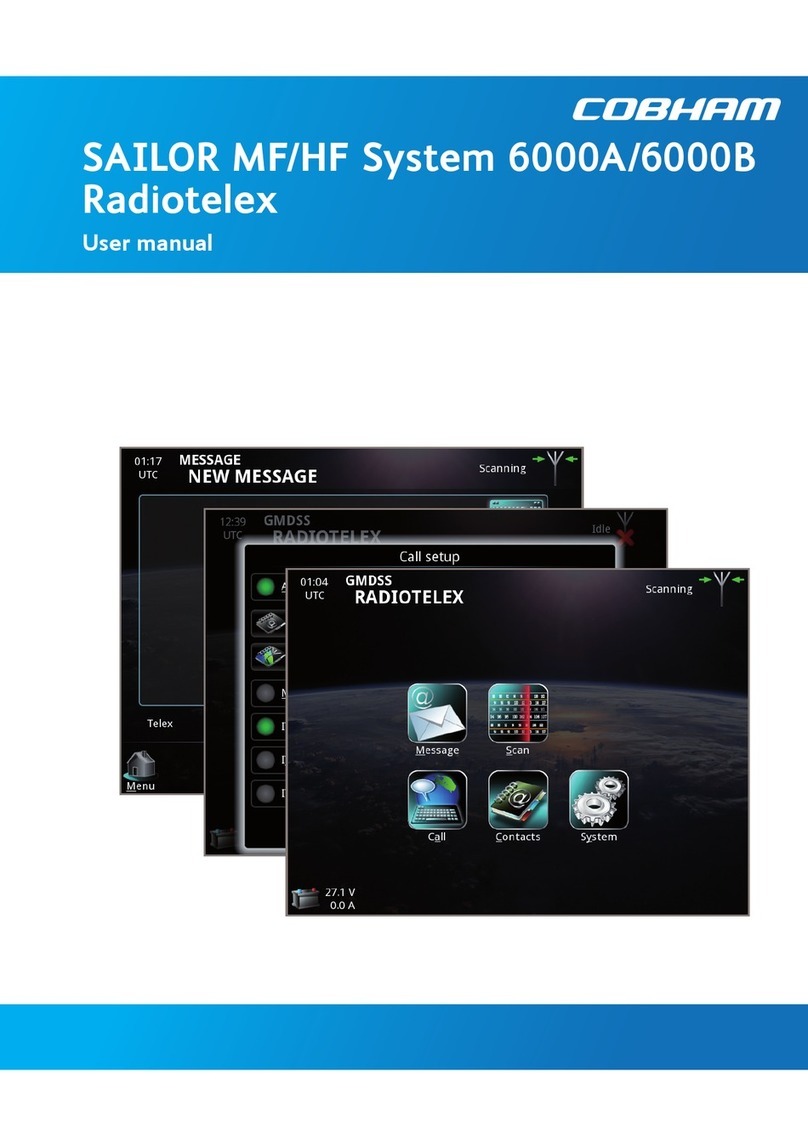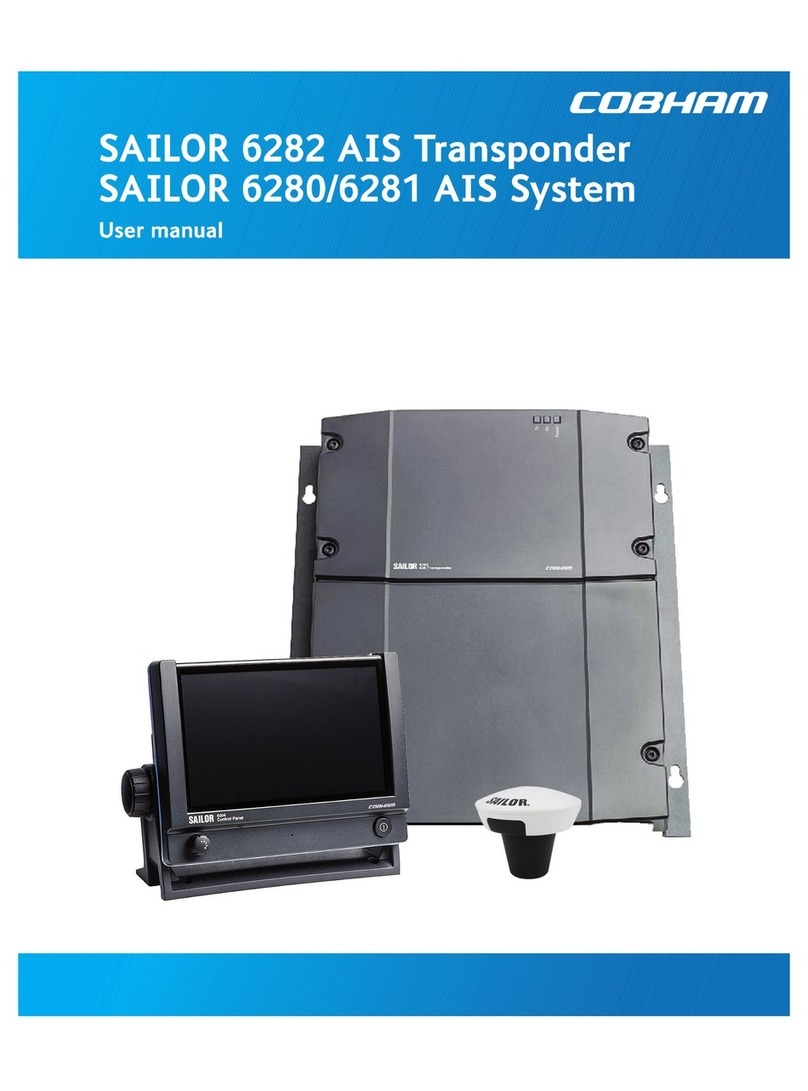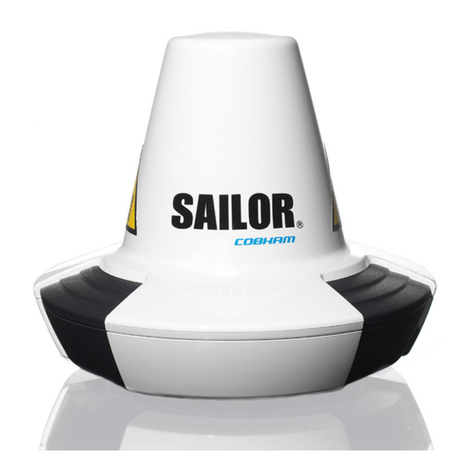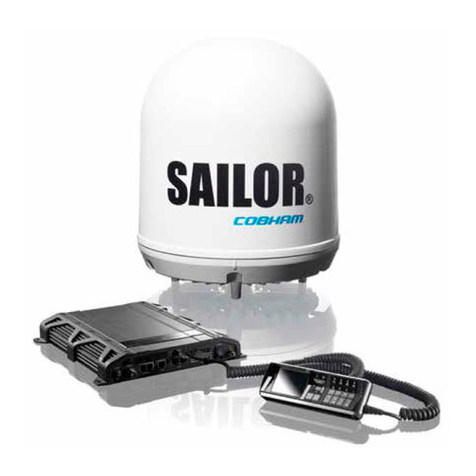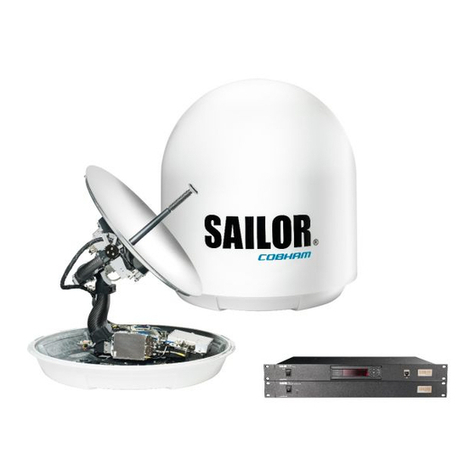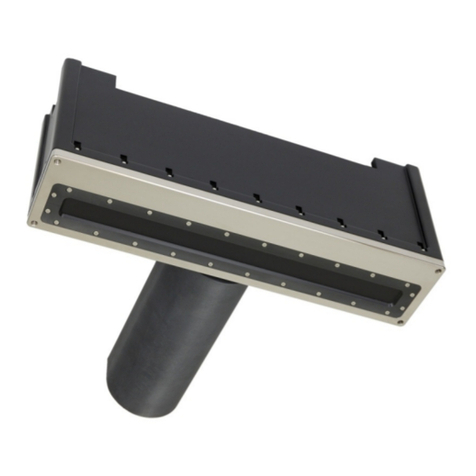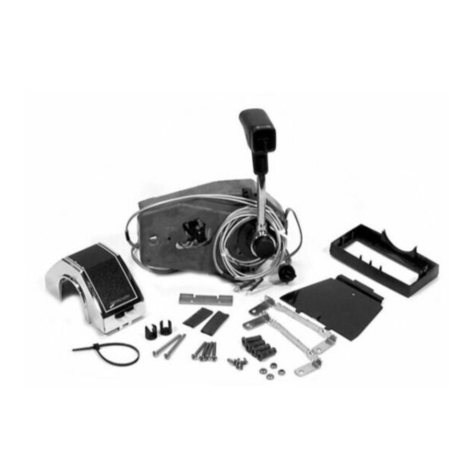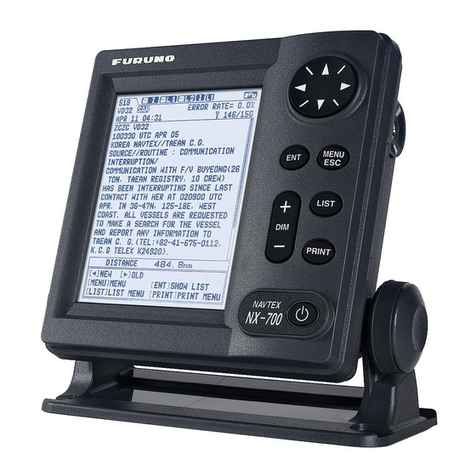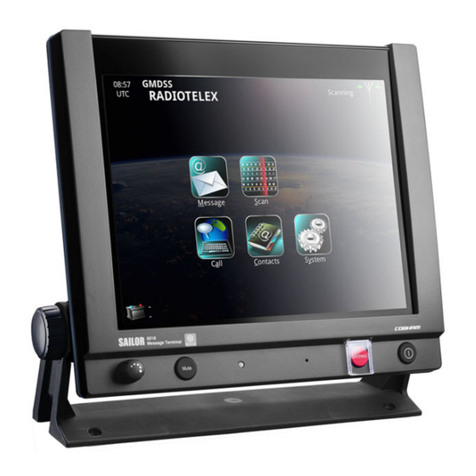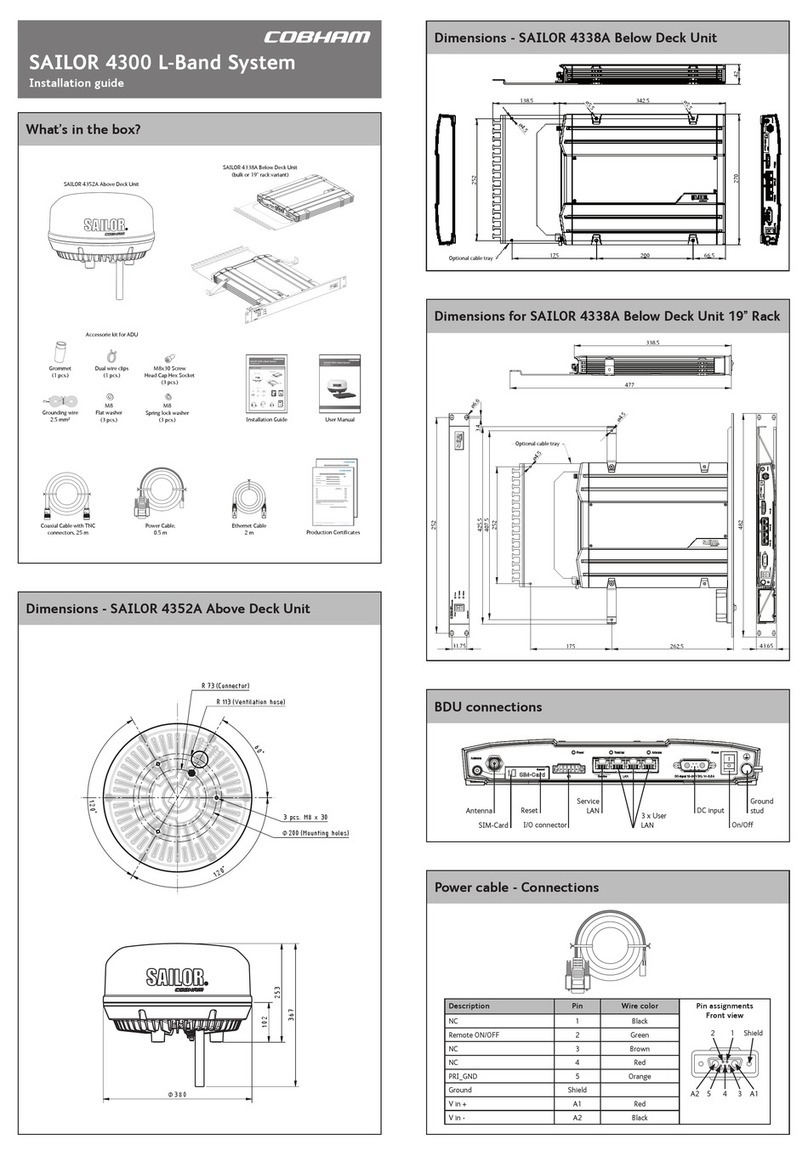
Table of Contents Dual Antenna Arbitrator (MXP)
v
1. INTRODUCTION ..........................................................................................................................................................................................1-1
1.1. DUAL ANTENNA CONFIGURATION............................................................................................................................................................. 1-1
1.2. DUAL ANTENNA ARBITRATOR.....................................................................................................................................................................1-1
1.3. AUTOMATIC BEAM SWITCHING (ABS).................................................................................................................................................... 1-1
1.4. OPENAMIP™..................................................................................................................................................................................................1-1
1.5. FCC COMPLIANCE......................................................................................................................................................................................... 1-2
2. FRONT PANEL OPERATION ..................................................................................................................................................................2-1
2.1. FRONT PANEL BUTTONS...............................................................................................................................................................................2-1
2.2. FRONT PANEL LEDS...................................................................................................................................................................................... 2-1
2.3. AUTOMATIC MODE....................................................................................................................................................................................... 2-1
2.4. MANUAL MODE .............................................................................................................................................................................................2-2
3. REMOTE OPERATION ...............................................................................................................................................................................3-1
3.1. AUTOMATIC BEAM SWITCHING (ABS).................................................................................................................................................... 3-1
3.2. OPEN ANTENNA-MODEM INTERFACE PROTOCOL (OPENAMIP™) SPECIFICATION:........................................................................ 3-1
3.2.1. Overview: ........................................................................................................................................................................................3-1
3.2.2. Interface requirements:.........................................................................................................................................................3-2
3.3. DUAL ANTENNA ARBITRATOR COMMAND SUMMARY ........................................................................................................................... 3-2
3.3.1. Command Details......................................................................................................................................................................3-3
3.3.2. General Notes..............................................................................................................................................................................3-5
4. DUAL ANTENNA INSTALLATION.....................................................................................................................................................4-1
4.1. UNPACKING AND INSPECTION .................................................................................................................................................................... 4-1
4.2. INSTALL THE DUAL ANTENNA ARBITRATOR............................................................................................................................................. 4-1
4.3. SHIPBOARD CABLE INSTALLATION ............................................................................................................................................................. 4-1
4.4. CONNECTING THE BELOW DECKS EQUIPMENT........................................................................................................................................ 4-1
4.5. DUAL ANTENNA ARBITRATOR CONNECTIONS......................................................................................................................................... 4-4
4.6. MXP CONNECTIONS..................................................................................................................................................................................... 4-4
4.7. SET-UP .............................................................................................................................................................................................................4-5
4.7.1. IP Address Setting.....................................................................................................................................................................4-5
4.7.2. MXP Tracking Settings............................................................................................................................................................4-5
4.7.3. MXP Targeting.............................................................................................................................................................................4-5
4.7.4. MXP Blockage Zones...............................................................................................................................................................4-5
4.7.5. Balancing TX Output ................................................................................................................................................................4-5
4.8. TESTING ARBITRATOR SWITCHING............................................................................................................................................................ 4-5
5. SETUP..................................................................................................................................................................................................................5-1
5.1. DEFAULT PARAMETER SETTINGS:............................................................................................................................................................... 5-1
5.2. BALANCING TX OUTPUT.............................................................................................................................................................................. 5-1
6. FUNCTIONAL TESTING ..........................................................................................................................................................................6-1
6.1. TEST DUAL ANTENNA ARBITRATOR -MANUAL MODE........................................................................................................................ 6-1
7. TROUBLESHOOTING & MAINTENANCE......................................................................................................................................7-1
7.1. ISOLATING IF &RF PROBLEMS: .................................................................................................................................................................. 7-1
7.2. GPS PROBLEMS:..............................................................................................................................................................................................7-1
7.3. NETWORK LOCK PROBLEMS:......................................................................................................................................................................... 7-1
7.4. TX MUTE PROBLEMS:....................................................................................................................................................................................7-2
8. SLIDE RAIL KIT (OPTIONAL) INSTALLATION.........................................................................................................................8-1
8.1. ASSEMBLING THE OUTER RAILS.................................................................................................................................................................. 8-1
8.2. MOUNTING THE OUTER RAILS IN THE RACK............................................................................................................................................ 8-1
8.3. MOUNTING THE INNER RAILS ..................................................................................................................................................................... 8-1
8.4. MOUNTING THE ARBITRATOR INTO YOUR RACK .................................................................................................................................... 8-1
9. SPECIFICATIONS........................................................................................................................................................................................9-1
9.1. GENERAL ..........................................................................................................................................................................................................9-1
9.2. FRONT PANEL.................................................................................................................................................................................................. 9-1

